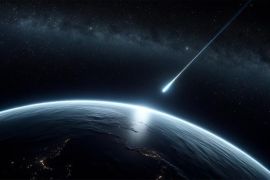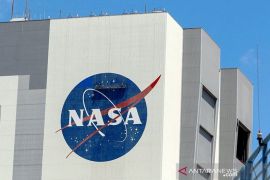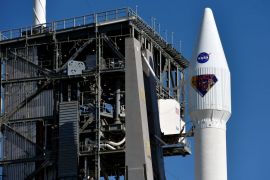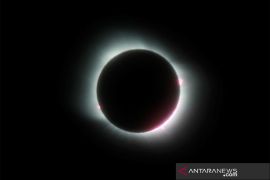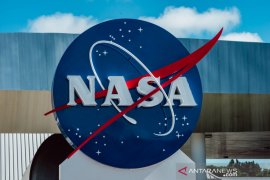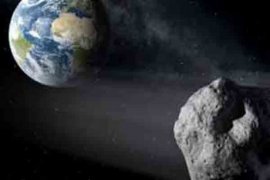Cape Canaveral, Fla (Antara Bali/Reuters) - An unmanned Space Exploration Technologies rocket exploded about two minutes after liftoff from Cape Canaveral Air Force Station in Florida on Sunday, destroying a cargo ship bound for the International Space Station, NASA said.
The 208-foot-tall (63-meter) rocket was the company's 19th Falcon 9 launch since its 2010 debut, including six previous cargo runs for NASA under a 15-flight contract worth more than $2 billion. SpaceX, as the company is known, is owned and operated by technology entrepreneur Elon Musk.
The cause of the accident was not immediately known.
The station crew has about four months of food and supplies on board, so the accident would not pose an immediate problem.
However, NASA's second cargo line, run by Orbital ATK, remains grounded following a launch accident in October. In April, a Russian Progress cargo ship also failed to reach the station.
Russia plans to launch a replacement Progress capsule on Friday.
The Dragon spacecraft lost on Sunday carried 5,461 pounds (2,477 kg) of food, clothing, equipment and science experiments for the station, a $100 billion research laboratory that flies about 260 miles (420 km) above Earth.
The gear included the first of two docking systems for space taxis under development by SpaceX and Boeing to park at the station. NASA hopes to turn over crew transportation to the U.S. companies before the end of 2017, breaking Russia's monopoly.
Including its station cargo runs for NASA, SpaceX has a backlog of nearly 50 missions, worth more than $7 billion, including dozens of commercial communications satellites. The company last month won U.S. Air Force certification to fly military and national security missions on the Falcon 9.
SpaceX holds a second NASA contract, worth up to $2.6 billion, to upgrade its Dragon capsule to fly astronauts to the station. Boeing's contract is worth up $4.2 billion.
In addition to its launch pad at Cape Canaveral Air Force Station, SpaceX leases one of the mothballed space shuttle launch pads at the adjacent Kennedy Space Center and is building a new launch site in Texas. The company also has flown once from a launch pad at Vandenberg Air Force Base in California. (WDY)


